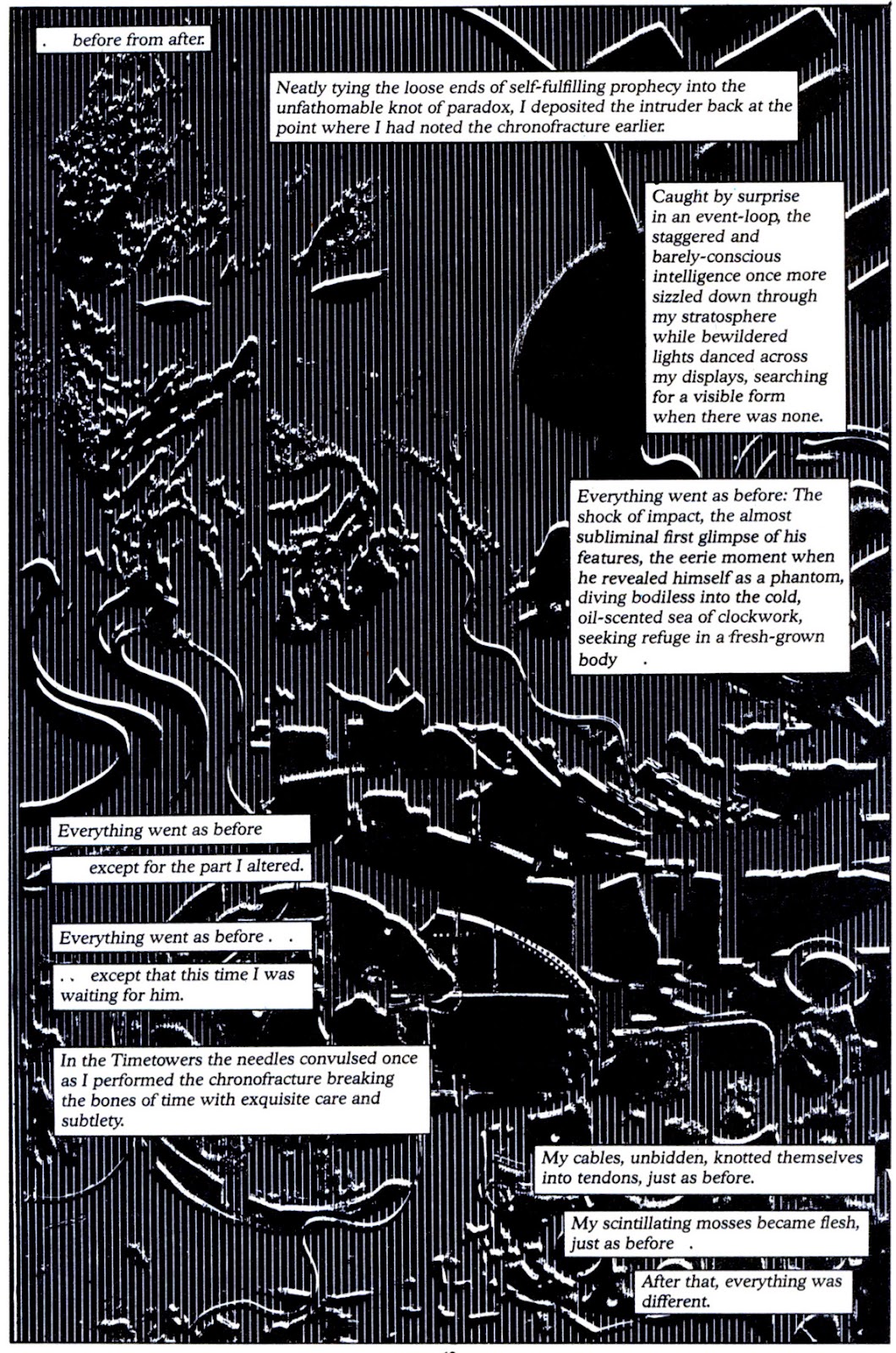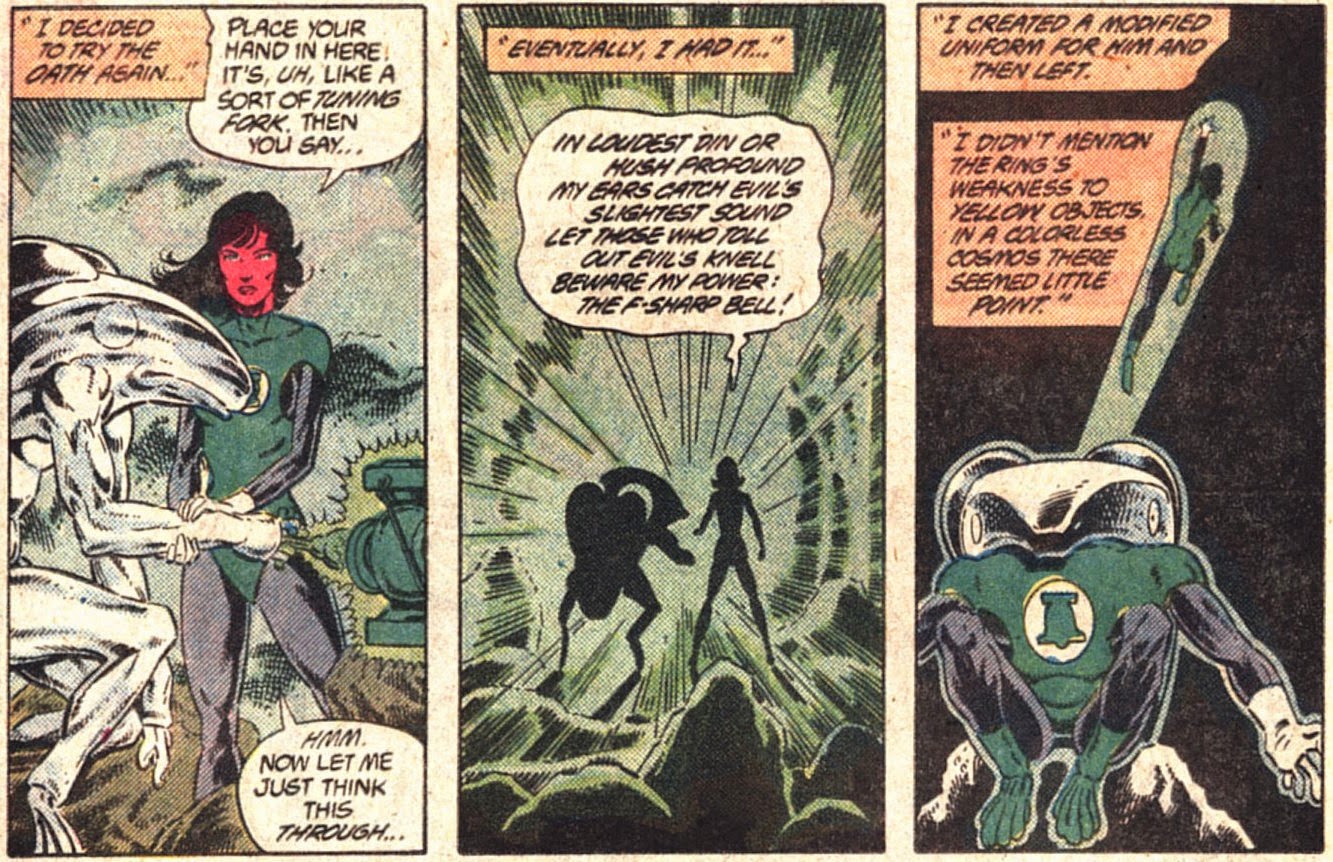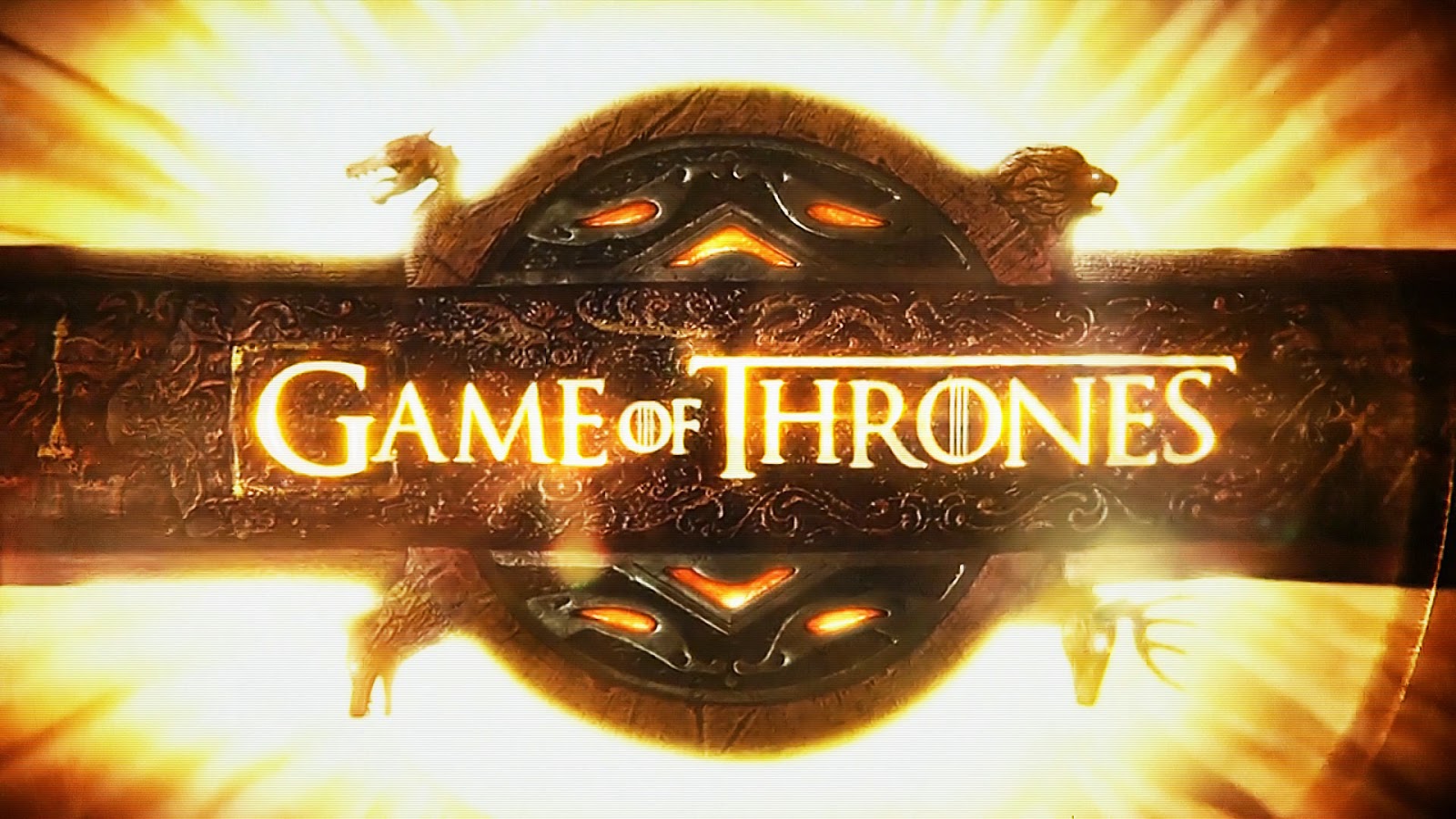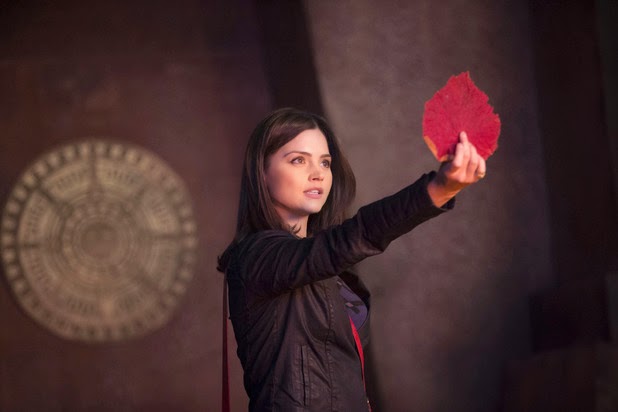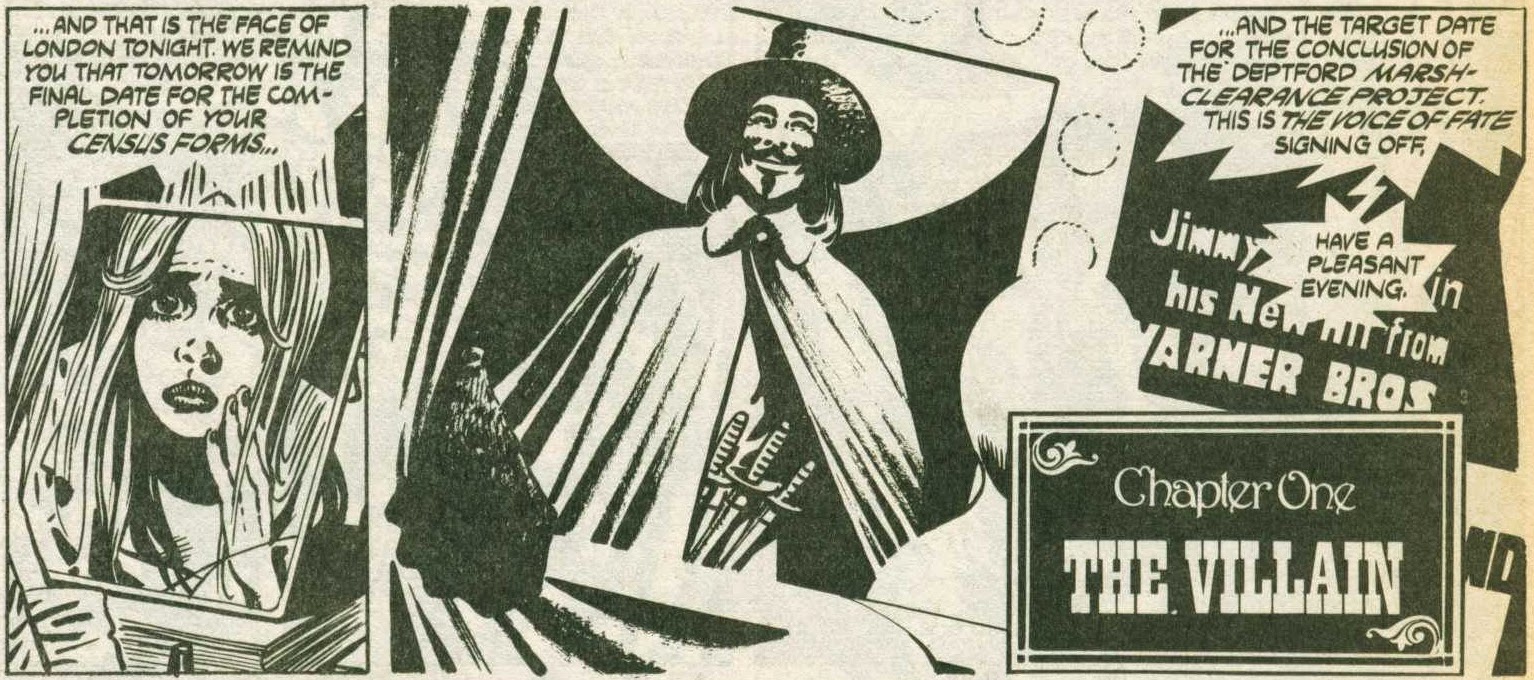Sorry to those of you who are already annoyed about how much I'm delaying ending this thing. You can always stop reading and end it now - I won't mind. But I've always put on the brakes at the end of an era, slowing down and relishing the opportunity to make a definitive statement. The end of the blog, unsurprisingly, is going to be like that but even moreso. The last entry will go up February 9th. It's scheduled through, I know what I'm doing with it, we're doing the ending of TARDIS Eruditorum with deliberation and knowledge, and it's not going to be much more self-indulgent than the end of Sandman.
But first, we're going to go through these BBC America specials done, one a month in 2013, to lead up to the 50th Anniversary. Mostly because it's an opportunity to look at how Doctor Who itself gave an official self-history at the same moment as we wrap up our history of it. These will generally be short entries. But they're worth doing, as part of the end of the ritual.
These are basically clip shows with talking heads and a generic narrator to link up the talking heads. In practice, this one is narrated by David Tennant and Steven Moffat, who do most of the heavy lifting of actually explaining the Hartnell era. They slot into their respective roles quite well. Tennant enjoys giving the sort of official factual fan history, dutifully trotting out the basic descriptions and acting as the sort of head teacher and guide. He's good at it, providing your basic factual history.
What's more interesting is Moffat's role. Moffat, as executive producer, now, as he's put it, doesn't get to have opinions about Doctor Who anymore. But here he's called on not only to have opinions, but to contribute to a narrative of how Doctor Who has always been brilliant - a narrative that we know full well he doesn't actually subscribe to, because he's too much the critically-minded professional to forgive things like The Web Planet.
The magic of this, though, is that he handles this challenge not by doing what one suspects Russell T Davies usually did to arrive at his "it's all marvelous" policy and simply lying through his teeth, but by actually identifying small bits that he thinks work well. The result enlivens this considerably, because you have Moffat picking up on small and odd details that he loves - for instance, he gives a quite enthused account of how The Daleks is satisfying because it's not actually building the Daleks to return, and so they have their own self-contained concept, which makes them work better. One suspects that this is more or less the only thing he likes about the Daleks, along with the Dalek reveal and the first cliffhanger. But it's a compelling case, and actually looks at The Daleks as a weird historical artifact. His accounts of why Barbara works and of the Doctor's declaration that he's going to fight the Daleks in The Dalek Invasion of Earth are similarly magnificently chosen details.
And this, in many ways, captures what's genuinely nice about this take on Hartnell, which is that it doesn't just do An Unearthly Child and The Daleks, but instead actually looks at the way in which the Hartnell era is its own thing. Indeed, the first few minutes of the program are spent freely admitting that the Hartnell era looks very weird today. And it focuses on things that aren't part of the usual narrative - it even gives a peek at The Gunfighters, albeit one that consists of John Barrowman doing a ludicrously performative account of how ridiculous it is followed by (in the episode's most sublime shot) Caro Skinner giving a very dignified and professional assessment of how striking the episode is that is blatantly based on the single publicity still someone showed her immediately before she gave her answer. But a vision of the Hartnell era that accepts The Gunfighters as something to celebrate, even if only for its insanity, still feels like progress. Certainly it's better than the Bentham orthodoxy, even if it's still clearly reacting to it.
More frustrating is what it leaves out, which is basically Vicki, i.e. the actual most popular bit of the era in terms of being watched by people. The Ian/Barbara/Vicki team is the iconic Hartnell cast - the one that made up the center of the era and that got the best ratings. Instead it focuses on the creation of the series and the modernizing of it right before it was handed off to Troughton. The result is that the Hartnell era never quite gets to be itself. It's treated only in terms of how it contributes to the rest of Doctor Who's history. It's treated with love and appreciation, but less for what it did and more for what it set up.
It's still a better treatment of the era than the sort of historicized distance with which it's been treated in past attempts. One at least gets the sense that the Hartnell era was something, and the idea that people might enjoy watching it on its own merits feels like it's actually being taken seriously, which is genuinely satisfying. It's probably the best account of the Hartnell era by a BBC-authorized source to date, in that it gives a sense of weirdness and quality, which are, in practice, the two defining characteristics of the era. But there's still a frustrating sense of omission here - a sense that the true weirdness of the era isn't allowed to thrive.
But first, we're going to go through these BBC America specials done, one a month in 2013, to lead up to the 50th Anniversary. Mostly because it's an opportunity to look at how Doctor Who itself gave an official self-history at the same moment as we wrap up our history of it. These will generally be short entries. But they're worth doing, as part of the end of the ritual.
These are basically clip shows with talking heads and a generic narrator to link up the talking heads. In practice, this one is narrated by David Tennant and Steven Moffat, who do most of the heavy lifting of actually explaining the Hartnell era. They slot into their respective roles quite well. Tennant enjoys giving the sort of official factual fan history, dutifully trotting out the basic descriptions and acting as the sort of head teacher and guide. He's good at it, providing your basic factual history.
What's more interesting is Moffat's role. Moffat, as executive producer, now, as he's put it, doesn't get to have opinions about Doctor Who anymore. But here he's called on not only to have opinions, but to contribute to a narrative of how Doctor Who has always been brilliant - a narrative that we know full well he doesn't actually subscribe to, because he's too much the critically-minded professional to forgive things like The Web Planet.
The magic of this, though, is that he handles this challenge not by doing what one suspects Russell T Davies usually did to arrive at his "it's all marvelous" policy and simply lying through his teeth, but by actually identifying small bits that he thinks work well. The result enlivens this considerably, because you have Moffat picking up on small and odd details that he loves - for instance, he gives a quite enthused account of how The Daleks is satisfying because it's not actually building the Daleks to return, and so they have their own self-contained concept, which makes them work better. One suspects that this is more or less the only thing he likes about the Daleks, along with the Dalek reveal and the first cliffhanger. But it's a compelling case, and actually looks at The Daleks as a weird historical artifact. His accounts of why Barbara works and of the Doctor's declaration that he's going to fight the Daleks in The Dalek Invasion of Earth are similarly magnificently chosen details.
And this, in many ways, captures what's genuinely nice about this take on Hartnell, which is that it doesn't just do An Unearthly Child and The Daleks, but instead actually looks at the way in which the Hartnell era is its own thing. Indeed, the first few minutes of the program are spent freely admitting that the Hartnell era looks very weird today. And it focuses on things that aren't part of the usual narrative - it even gives a peek at The Gunfighters, albeit one that consists of John Barrowman doing a ludicrously performative account of how ridiculous it is followed by (in the episode's most sublime shot) Caro Skinner giving a very dignified and professional assessment of how striking the episode is that is blatantly based on the single publicity still someone showed her immediately before she gave her answer. But a vision of the Hartnell era that accepts The Gunfighters as something to celebrate, even if only for its insanity, still feels like progress. Certainly it's better than the Bentham orthodoxy, even if it's still clearly reacting to it.
More frustrating is what it leaves out, which is basically Vicki, i.e. the actual most popular bit of the era in terms of being watched by people. The Ian/Barbara/Vicki team is the iconic Hartnell cast - the one that made up the center of the era and that got the best ratings. Instead it focuses on the creation of the series and the modernizing of it right before it was handed off to Troughton. The result is that the Hartnell era never quite gets to be itself. It's treated only in terms of how it contributes to the rest of Doctor Who's history. It's treated with love and appreciation, but less for what it did and more for what it set up.
It's still a better treatment of the era than the sort of historicized distance with which it's been treated in past attempts. One at least gets the sense that the Hartnell era was something, and the idea that people might enjoy watching it on its own merits feels like it's actually being taken seriously, which is genuinely satisfying. It's probably the best account of the Hartnell era by a BBC-authorized source to date, in that it gives a sense of weirdness and quality, which are, in practice, the two defining characteristics of the era. But there's still a frustrating sense of omission here - a sense that the true weirdness of the era isn't allowed to thrive.





